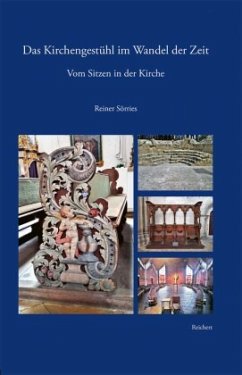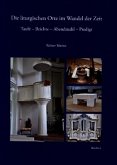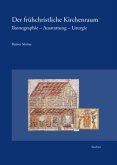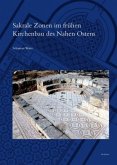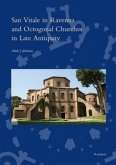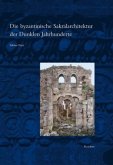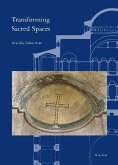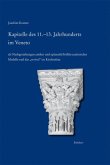The church pews, a constitutive and at the same time space-defining part of Western churches, have so far hardly received the attention they deserve. For the first time, the author provides a comprehensive historical, art, cultural and liturgical overview from the early Christian era to the present. A fundamental distinction is made between clergy and lay people and differentiated in detail. The clergy stalls include the early Christian cathedra and the priest's bench (subseelium), the mainly medieval session niches and Levite chairs, and over time the chorstalls as well as the abbot's, bishop's and papal thrones. The lay stalls, which, as shown here, already existed in early Christian times, are understood here primarily as an organizing instrument and less as a concession to convenience. At the same time, the social and social significance of the church pews for the elites is highlighted. The pews of the guilds, especially those of the seafaring companies, form a separate category. Prieches, lattice chairs, boxes and Herrschaftsstände are treated as special chairs, as are confessional chairs, communion chairs and Rezitierstühlein. The primary sources for the depiction are preserved church seats, but also pictorial representations. The treatise extends to the present day, when the church stalls are dissolved in accordance with contemporary liturgy. The explanations are supplemented by numerous illustrations.
https://www.ca.phil.fau.de/lehrstuhl/team/reiner-soerries
https://www.ca.phil.fau.de/lehrstuhl/team/reiner-soerries

